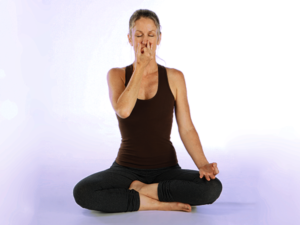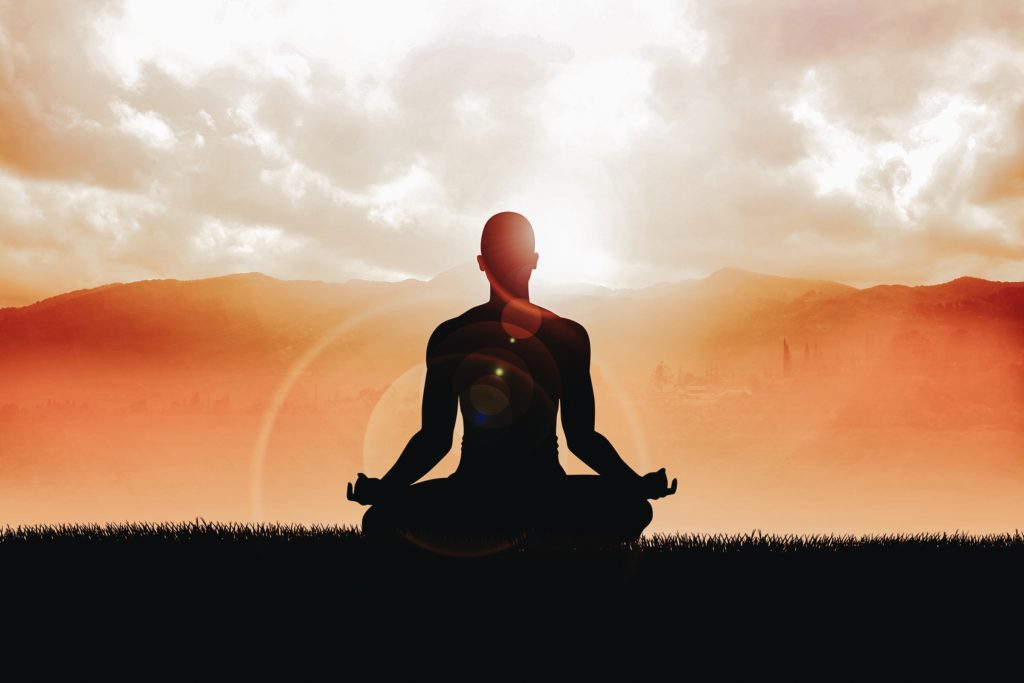1. Haste, including when entering the asana, exiting it, and during stretching.
Throughout the yoga https://www.julianalucky.com/post/mommy-and-me-yoga-benefits class, there should be no sudden movements, jerks, jumps and falls-lunges. Otherwise, the risk of injury increases sharply, and the benefits decrease.
2. Do like other people in the class.
The well-known joke that “inside all people are even more different than outside” is doubly serious in yoga. We all have very different bodies, health conditions and medical history are different, like flowers in a greenhouse, and even the condition of the same body of yours changes greatly from day to day. Do not try to apply “one drug to the whole room” and do in your situation the same way that other people do in theirs. Do not chase stretching or twisting “like that girl has it”, health is more expensive. A girl, maybe from a ballet school, it’s easy and cool for her to do, and if there is an injury, then it’s her own, and for a long time.
3. Stretching the lower back when bending and twisting (Paschimottanasana, Janu sirshasana).
Beginners often do this. It seems that the pose “is obtained”, “the forehead reaches the knees”, but this is an illusion. There is no rotation in the hip joints, no traction of the spine either, which means that either there is simply no benefit, or we are already harming ourselves. This mistake is aggravated by “edits”, when negligent teachers push you in the back or press from above – this is generally no good.
4. Forgetting to breathe deeply and slowly.
It is fraught not only with sprains, but also with the loss of most of the benefits of the lesson. If you cannot keep deep and slow breathing in an asana, this asana is premature for you, do simpler ones.
5. Using hands as a power lever in twists (Ardha Matsyendrasana and others).
Read the materials available in the “CAT yoga” groups, where the problem is analyzed in more detail. The fact is that the spine is not designed for twisting with the use of force levers (repulsion by hands), this is traumatic. For example, in Ardha Matsyendrasana (half-twisted pose), do not push off with your hands from the mat or hips, but use only the back muscles themselves to twist (active rotation of the body). There is an exception to every rule, but it’s safer for beginners not to know about it yet. Hands in twists are used for insurance and passive support, you need to lean on them, insure them and fasten the pose, and not push them off. If you care about the health of the spine, do not make this mistake.
